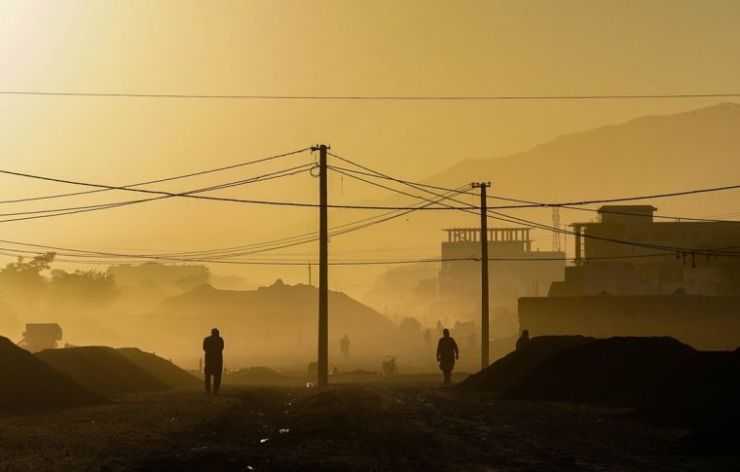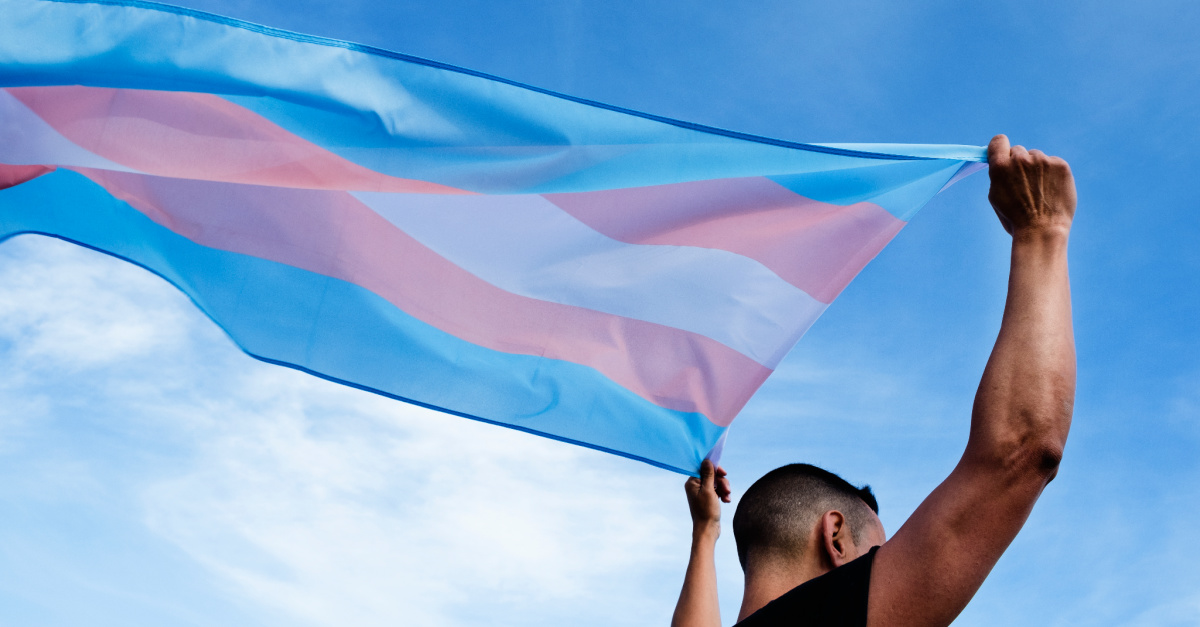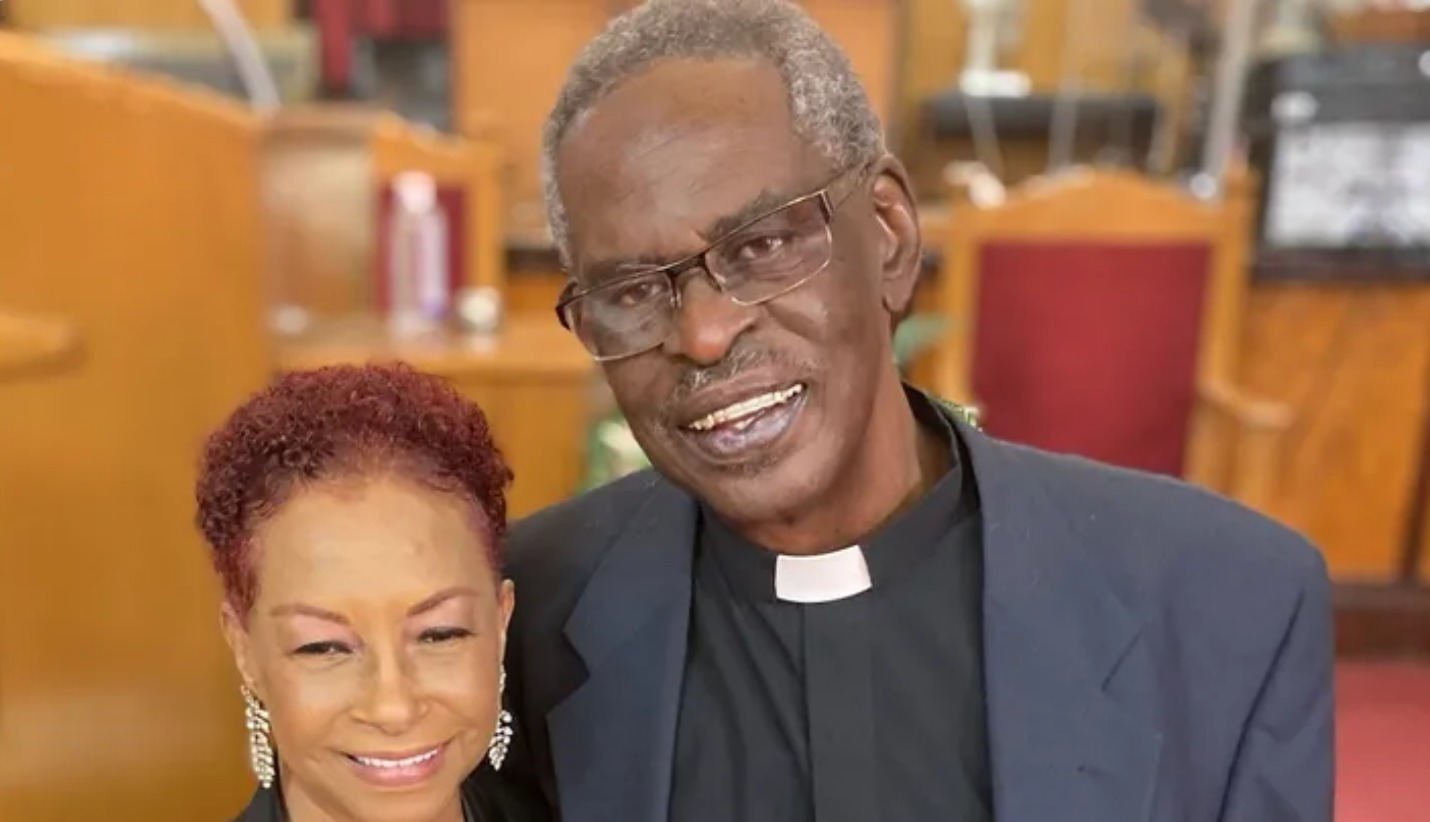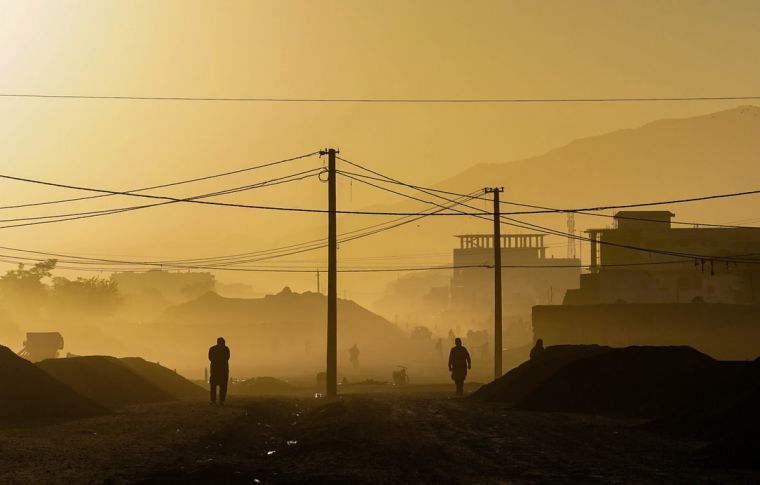
Afghanistan has experienced four earthquakes since the first week of October, with the most recent occurring on October 15. It was the third earthquake in a week to hit communities in Herat Province, and it was of 6.3 magnitude in the regions northeast of Herat City.
Two people were killed and over 150 were injured, according to the UN Office for Coordination of Humanitarian Affairs’ (OCHA) situation report released on October 16.
The October earthquakes have resulted in 1,500 total fatalities and 2,000 injuries.
About 1,14,000 people have lost shelter because their homes have either been destroyed or badly damaged.
According to the OCHA situation report, 43,395 people were directly affected by the earthquake.
Injil is the worst affected district with 23,053 people affected, and then Kushk / Rabat-e-Sangai, Zindajan, Gulran, Herat, and Kohsan with 8,541, 7,523, 3,428, 717 and 133 respectively, according to the report.
The report states that a total of 3,330 homes are completely destroyed, and Zindajan district suffered the greatest jolt with 2,137 homes severely damaged, while 1,697 partially damaged.
While speaking to journalists in New York via video link, the acting UN Humanitarian Coordinator for Afghanistan – Daniel Peter Endres, expressed great concern over the situation in Afghanistan, especially about providing assistance to the earthquake hit areas and families, before the winter sets in.
For fear of their partially damaged homes collapsing on them while they are asleep, many families have resorted to sleeping in the open even when the temperature at night is dipping considerably, said Endres.
“These earthquakes have struck some of the most vulnerable communities in Afghanistan, they have already been grappling with decades of conflicts and under development. The affected communities have little resilience to cope with the multiple and simultaneous shocks, and especially with the cold winter coming, when households have limited food resources and are most constrained in capacity,” he said.
The United Nations (UN) and its non-governmental organisation (NGO) partners are actively aiding in the humanitarian efforts following the series of earthquakes. They are swiftly dispatching crucial supplies like emergency shelter materials, food, healthcare, and hygiene provisions to the areas and communities most severely impacted. Specialised protection is also being extended to particularly vulnerable groups, including children, the elderly, and those with limited mobility.
The Humanitarian Country Team (HCT) has devised a response plan specifically tailored for the earthquakes in Herat. This plan aims to assist up to 1,14,000 individuals directly affected by the seismic events. The requisites specified in this plan have already been factored into the 2023 Humanitarian Response Plan. However, it’s crucial to note that as of mid-October, this plan remains significantly underfunded, with only 34 percent of the necessary resources received.
In total, humanitarian partners are urgently seeking a sum of US $93.6 million to sustain the earthquake response. So far, bilateral donors and pooled funds have confirmed contributions of $15.5 million and $10 million, respectively. This allocation encompasses $5 million from the Afghanistan Humanitarian Fund (AHF) and an additional $5 million from the UN Central Emergency Response Fund (CERF). Furthermore, an extra $5 million was said to be allocated from the AHF later that week.




























![[Video] More – Aghogho » GospelHotspot](https://gospelhotspot.net/wp-content/uploads/2024/04/More-Aghogho.jpeg)
















